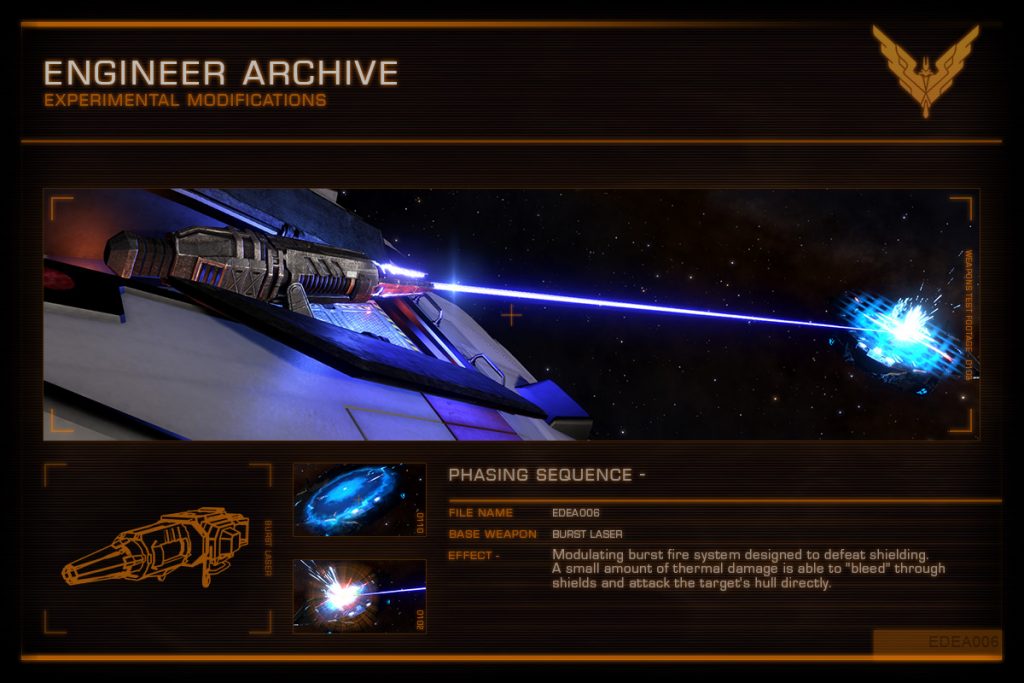


Presently configured to conduct extensively deep water acoustic research, oceanic survey work, sensor trials, and engineering evaluations, USS DOLPHIN operates as a Unit of the U.S. Utilizing a large payload (over 12 metric tons) and a highly versatile instrumentation suite, civilian and Naval activities employ USS DOLPHIN for testing a multitude of technologically advanced and complex equipment. Normally the project's sponsor must fund these modifications, but the boat allows a variety of researchers to attain unprecedented flexibility in deep-ocean missions. The boat can be modified both internally and externally to allow the installation of special military and civilian research and test equipment. AS a result of Dolphin's efforts, this new system will now be retrofitted into the fleet. A recent example of this modification for research and development was Dolphin's test run of the Navy's newest sonar system. Shortly after commissioning, Dolphin established an unmatched world depth record for operating submarines, with a recorded test depth in excess of 3,000 feet.īecause Dolphin was designed as a test platform, it can be adapted to accept projects more easily than most operational submarines.

Since the boat's commissioning in 1968, it has amassed a startling record of scientific and military accomplishments. In August 1969, she launched a torpedo from the deepest depth that one has ever been fired.Įmployed by both Navy and civilian researchers, the submarine is equipped with an extensive and impressive instrumentation suite that can support multiple missions. In November 1968, she set a depth record for operating submarines that still stands. USS DOLPHIN serves as a scientific platform capable of operations at unprecedented depths greatly exceeding that of any known operational submarine. USS Dolphin is the Navy's deep diving submarine designed to test advanced submarine structures, sensors, weapons, communications, and machinery systems. Dolphin can also maintain more extensive onboard laboratory facilities than her deep submersible counterparts. It can carry scientific payloads of over 12 tons, a considerably greater capacity than any other deep diving research vessel operating today. USS Dolphin (AGSS 555), homeported at the Naval Research and Development (NRaD) facility in San Diego, is the Navy's only operational, diesel-electric, deep-diving, research and development submarine. In June 2016, a 100 kilograms (220 lb) cast dolphin made from lead and iron was discovered in the ongoing exploration of the Antikythera wreck by archeologists from the Hellenic Ministry of Culture and Sports and the Woods Hole Oceanographic Institution.USS Dolphin (AGSS 555) - Navy Ships FAS | In 8th century BC the need for dolphins was replaced by the invention of the naval ram, but their use continued until at least the 1st century BC on merchant ships not equipped with a ram. The skeptron or rod used to hurl the anchor may have some relationship to the origin of the sceptor. Common dolphins were lens-shaped, but more elaborate examples were made in recognizable heraldic shapes by casting in metal or by carving in stone and covering in metal. Dolphins used by the crew would have been made of stone, but the captain may have had a metal dolphin which was considered sacred and only used in extremis. This allowed the crew to hurl the dolphin from a height, increasing the force of impact on the enemy ship. The dolphin was fastened to the end of a pole or yard by a length of chain or cord. Essentially a weaponized anchor, the dolphin was a shaped heavy weight which would be flung or dropped onto an enemy boat to attempt to breach the hull. A dolphin was an ancient naval weapon carried by Greek galleys.


 0 kommentar(er)
0 kommentar(er)
